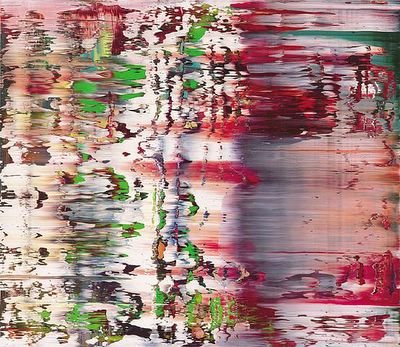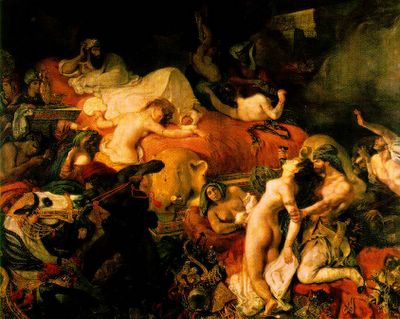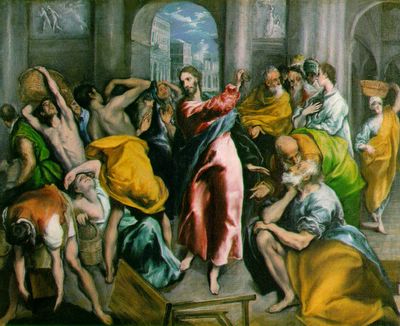
Art does not happen in a vacuum. There is always a particular social milieu in which art is produced. Each culture has a distinct social organization of artistic activities that is associated with a specific attitude of artists toward their work (for example French Cubism happens in a different socio-political climate than Russian Constructivism). Artistic cultures arise from artists' relationships with other artists, their audiences; from their involvements with cultural systems not specifically artistic, from artists' technologies and ideologies. A change in any of these variables (no matter how small) can modify a given culture and give rise to new variants of it (as per the difference between Cubism and Italian Futurism).









